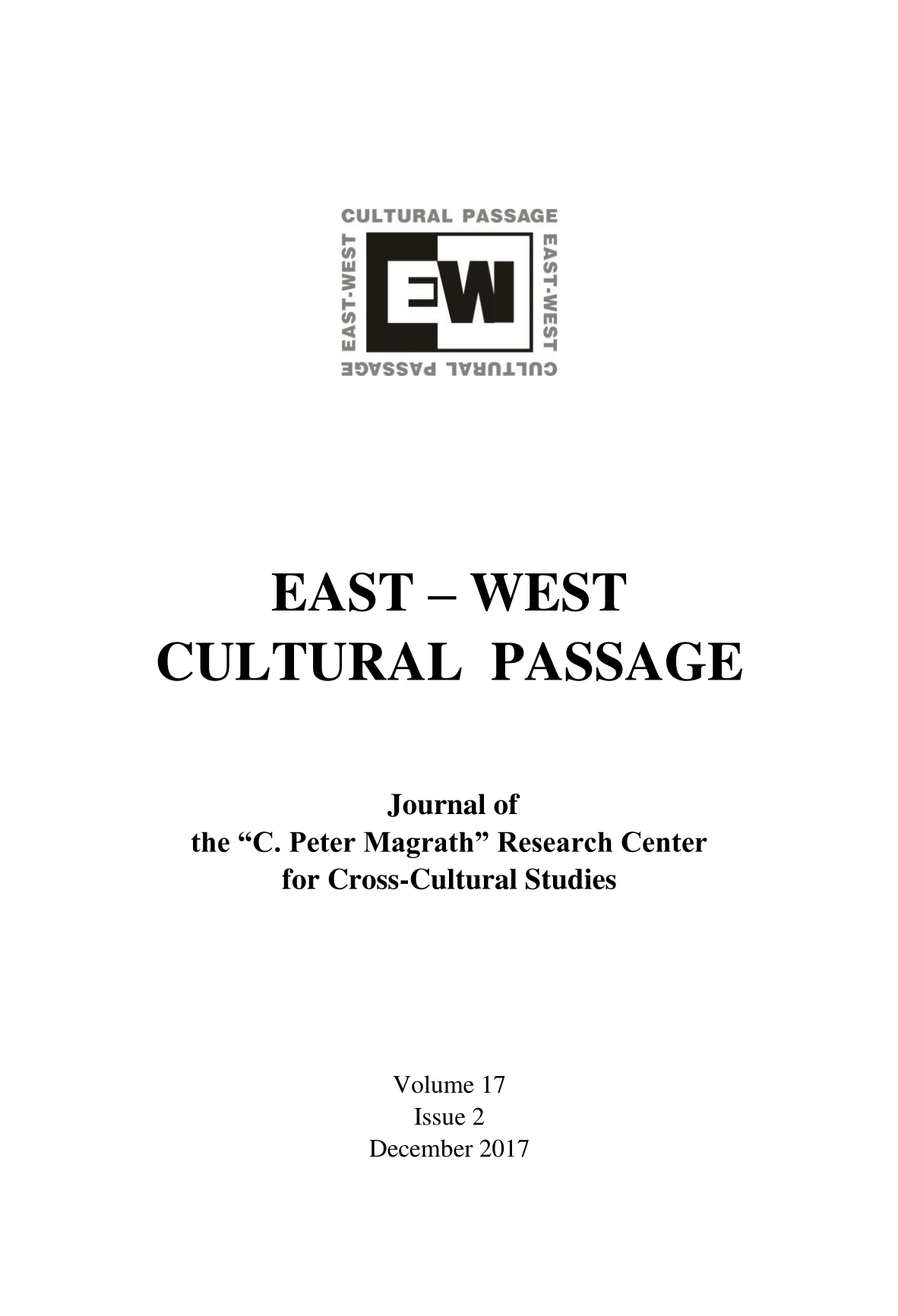“In the Shadow of a Dream”: The Metamorphic Influences of Guilt, Shame, and Confession in The Scarlet Letter
“In the Shadow of a Dream”: The Metamorphic Influences of Guilt, Shame, and Confession in The Scarlet Letter
Author(s): RICHARD KOVAROVICSubject(s): Fiction, Novel
Published by: Editura Universitatii LUCIAN BLAGA din Sibiu
Keywords: Nathaniel Hawthorne; The Scarlet Letter; guilt; shame; confession; Jung; secrets; the shadow; American literature;
Summary/Abstract: This article aims to contribute to the ongoing analysis of The Scarlet Letter as a valuable work of psychological fiction with contemporary applications, and claims that guilt, shame, and confession act as the dominant catalysts for character transformation. It first defines and differentiates between guilt and shame, the former being action-oriented with more easily explicable causes, and the latter being one of internal pressure that alters and destabilizes the self. The distinctions are then used to demonstrate how, what types, and the order in which, guilt and shame metamorphose Hawthorne’s characters, Dimmesdale, Chillingworth, and Hester Prynne. The men crumble, internalize or externalize their caustic emotions, and experience existential decay, while Hester emerges from the ignominy morally, spiritually, and psychically fortified and superior. We argue that such resilience is the result of public and private confession, an act of recalibration and stabilization, one that aligns the individual with a more honest version of the self. Parallels are then drawn between Hawthorne’s work and the writings of C. G. Jung on the value of confession, the divided self, and the shadow, to show the modernity and universality of the novel, as well as the applicability of Jungian interpretation.
Journal: East-West Cultural Passage
- Issue Year: 17/2017
- Issue No: 2
- Page Range: 68-88
- Page Count: 21
- Language: English
- Content File-PDF

